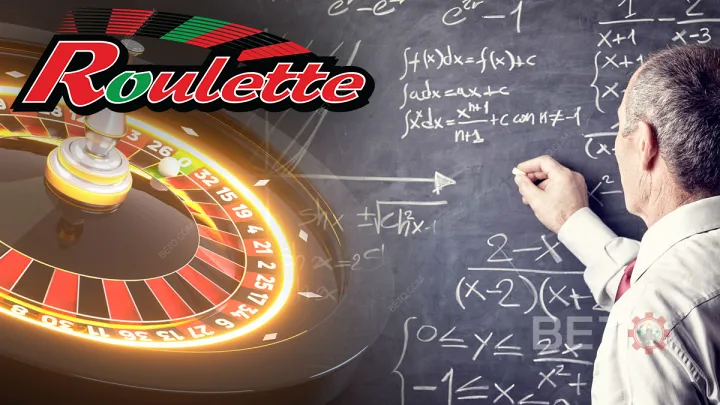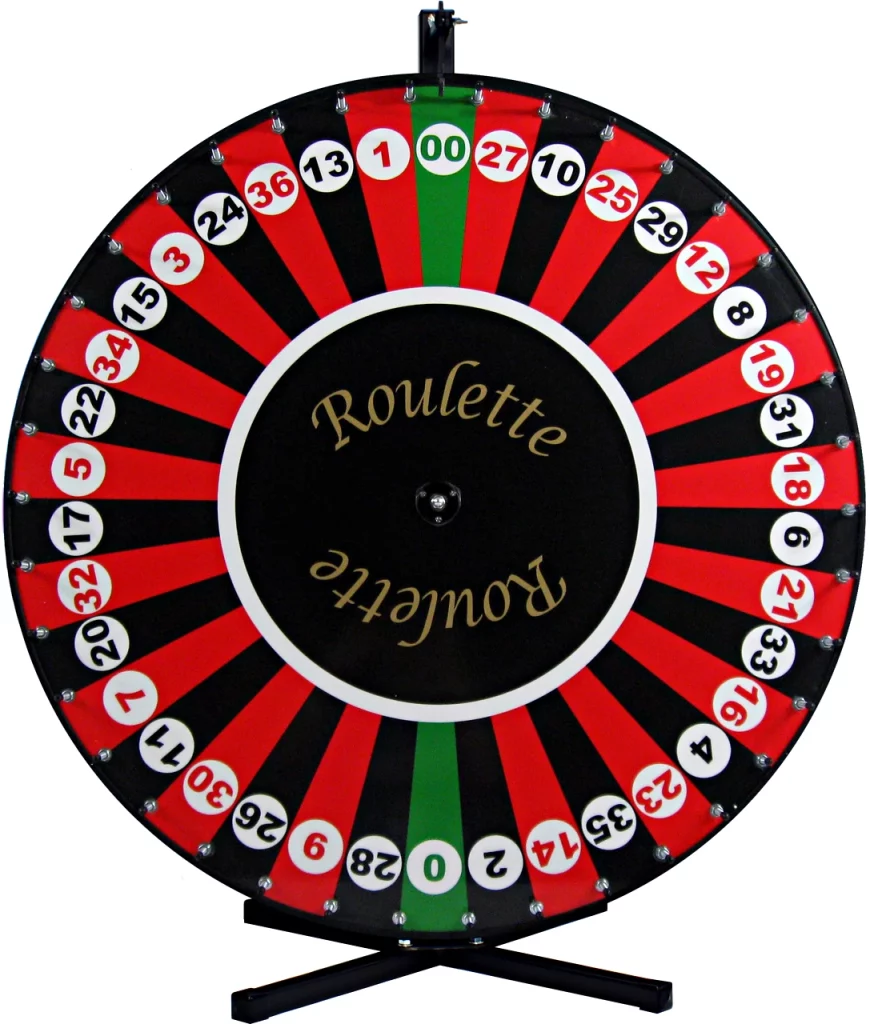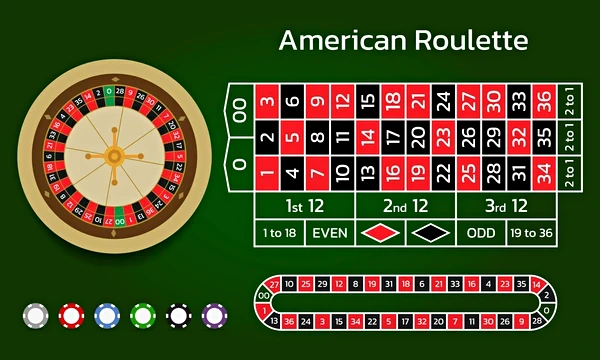
Can Maths Help You Win at Roulette?
Albert Einstein is often credited with saying, «No one can win at roulette unless he steals money from the table while the croupier isn’t looking.»
Although I wouldn’t normally doubt Einstein, his statement isn’t entirely accurate. You can actually use physics, his own field, to increase your chances of winning at roulette. Alternatively, finding a biased wheel where certain numbers are more likely can also help.
What Einstein truly meant is that no mathematical strategy guarantees success in roulette. Each spin is independent, and over time, the casino always wins. This differs from games like Blackjack, where probabilities change as cards are dealt.
Some believe it’s possible to exploit the layout of the roulette wheel and betting cloth. They think you can place bets in a way that guarantees a win. But is this really achievable?
Roulette Wheel Layout
The layout of a roulette wheel, like a dartboard, was not designed by chance. It was carefully planned and has specific properties. There are two main layouts: the American wheel and the European wheel. Each layout offers different odds and house advantages. Below, you can see both layouts, showcasing their unique characteristics.

The American roulette wheel has two zeroes, which significantly increases the casino’s advantage. On a European wheel, you can expect to lose 2.7% of your bets over time. In contrast, the American wheel leads to a 5.26% loss in the long run.
If you’re curious about the mathematics behind roulette, check out the video below. It explains how these odds are calculated and why the casino has a better chance of winning.
The numbers on each roulette wheel are arranged differently, but some patterns are similar. On both wheels, red and black numbers alternate, though without zeroes, the American wheel would have consecutive reds and blacks. Both wheels also aim to alternate low numbers (1-18) and high numbers (19-36) as much as possible.
On the European wheel, this pattern is only broken where 5 and 10, both low numbers, are adjacent. The American wheel has more instances where this rule is violated, making it less balanced than the European wheel. Both wheels try to evenly distribute odd and even numbers, but there are violations on both.

So, Can We Beat The Maths?
A simple Google search reveals countless systems for playing—and supposedly winning—roulette. Some are easy, others complex, and explanations vary in quality.
A system ideally combines a playing strategy with a money management strategy. The best-known money management system is the Martingale strategy. It guarantees wins if you double your bet after every loss and have a large bankroll. However, you’ll likely hit the table limit quickly. Making it a fast track to bankruptcy.
Regardless of the bet or the money
Regardless of the betting or money management strategy you choose, they all face the same issue. Assuming each number has an equal chance of being selected. The casino always has the advantage. While a system might work short-term, when a number you haven’t bet on appears, you’ll lose. The casino’s win expectation, either 2.7% or 5.26%, will gradually prevail.
Some systems involve betting on multiple numbers, like 20. You’ll win often, as you’re covering over half the numbers. However, when a number you didn’t bet on hits, you’ll lose all 20 bets. This loss can wipe out any previous winnings.
Any system ever devised can be analyzed to show the casino’s win expectation. The video below explains the math behind this reality.






